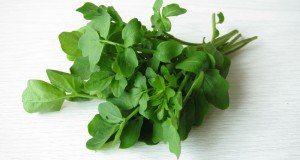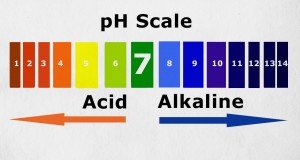Preventive mastectomies triple while offering no survival benefits
(NaturalHealth365) Although it offers virtually no significant survival benefit, hundreds of thousands of women are opting to undergo healthy breast removal after a first diagnosis of breast cancer. In fact, over the past decade, the number of women choosing to have a mastectomy on a healthy breast has tripled.
Although patients are being urged to weigh anticipated benefits with the possible risks before choosing double mastectomies, patients choosing to remove a healthy breast indicate they are doing so to “extend life.” However, research continues to show no survival advantage except for those who fall into a very high risk category.
Research paints different picture than patient perception
In a recent analysis led by Brigham and Women’s Hospital in Boston, researchers documented a sharp increase of U.S. breast cancer patients making the decision to surgically remove a healthy breast. However, those same researchers found increasing evidence that the complex surgery offers patients no measurable improvement in survival over those choosing to only remove a diseased breast or even those opting to undergo breast-conserving treatment.
Patients undergoing the more extreme surgery of breast removal are exposed to a host of additional risks, including increased opportunity for hospital-borne infection, increased risk of surgical complications, prolonged recovery, greater costs, greater need for repeat surgeries and a deeper impact on self-image. The analysis included data from nearly 500,000 women who were diagnosed with stage 1, 2 or 3 cancer in just one breast. The women were followed for more than eight years.
Among women in the study, nearly 60 percent opted to have breast-conserving surgery and one-third had the diseased breast removed, but 7 percent also had their healthy breast removed. Those opting for the more radical approach increased from 3.9 percent of patients in 2002 to a full 12.7 percent in 2012. Yet, the researcher found no significant different in survival rates compared with those who chose to have breast-conserving surgery.
Researchers noted that only about one-third of those opting to have a healthy breast removed fell into very high-risk categories that may potentially realize some advantages in survivability rates. This included patients with BRCA1/2 gene mutations, a strong family history of breast or ovarian cancer, and those who underwent a treatment known as mantle field radiation during childhood.
Lessening risk of death from breast cancer without radical surgery
Women diagnosed with breast cancer in one breast are making the choice to remove the other healthy breast because they are frightened by survivability statistics, dread a future diagnosis of recurrence and in most cases, are not well-informed about the vast number of effective alternative treatments. For many of these women, increasing the opportunity for survival lies in simple, natural changes to their diet.
Here are just three of the research-backed options for naturally reducing the risk of death from breast cancer:
1. Vitamin C. Whether in supplement form or with increased intake of foods containing high levels of vitamin C, women increasing their d can expect a markedly lower risk of death from breast cancer, ranging from 15 percent to 23 percent lower risk of dying from breast cancer.
2. High fiber. Studies have shown that high dietary fiber reduces blood estrogen levels, decreasing breast cancer risk. One study in Toronto found consuming a muffin daily containing 25 g of flaxseed over the course of 32 days reduced breast cancer tumor growth by 71 percent.
3. Extra virgin olive oil. A recent study in Spain concluded that just four spoons of olive oil per day lowered the risk of breast cancer by 66 percent.
Obviously, there’s much more that can be done to minimize the risk of cancer. Besides wholesome (organic) food, we must do everything we can to reduce stress in our life such as, avoiding excessive amounts of EMF pollution from wireless devices; improving our relationships and never forget the value of physical activity – to name a few important steps.
The key is to take action today.
References:
https://www.medicinenet.com/script/main/art.asp?articlekey=194246
https://consumer.healthday.com/cancer-information-5/breast-cancer-news-94/preventive-mastectomies-triple-among-u-s-women-with-cancer-in-one-breast-708919.html
https://www.naturalhealth365.com/vitamin-c-foods-breast-cancer-survival-rate-1685.html












